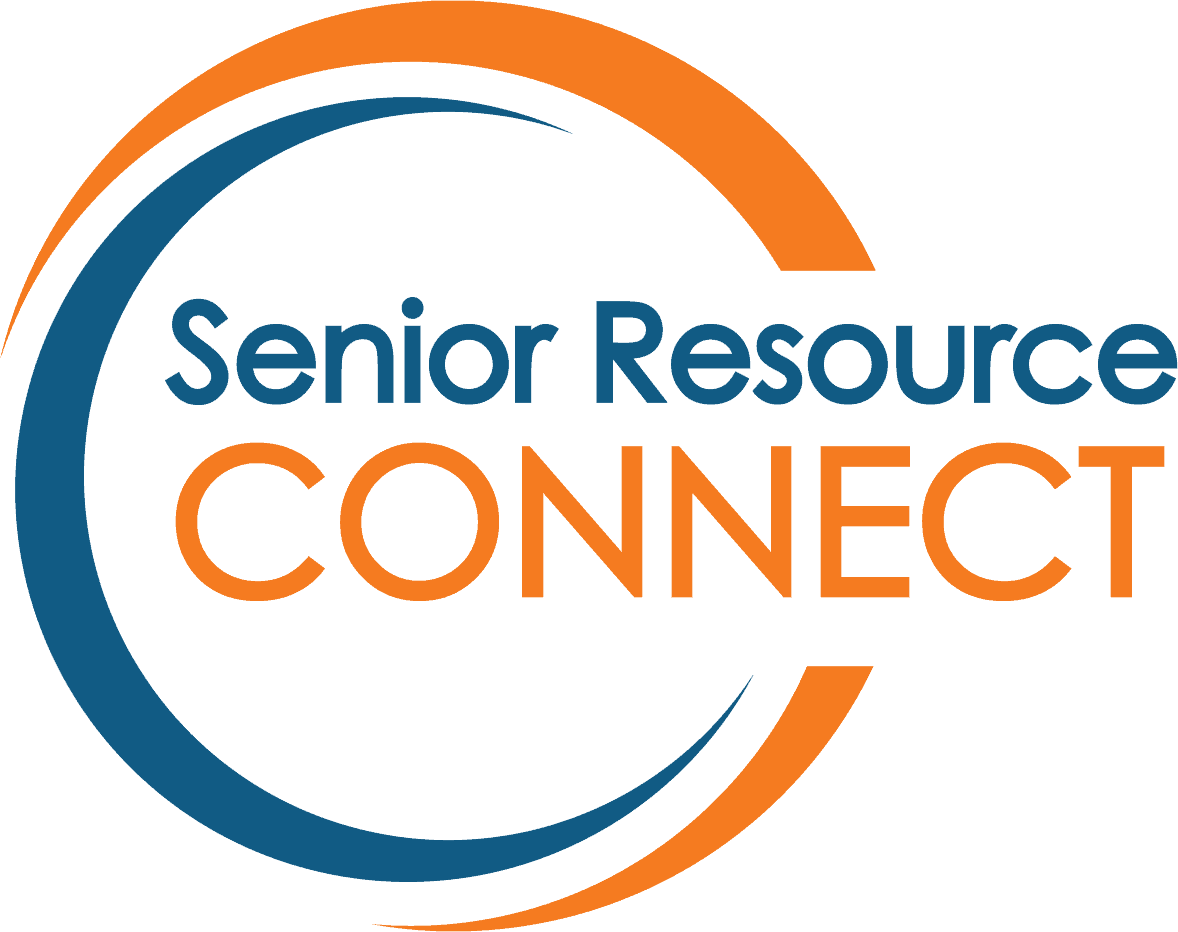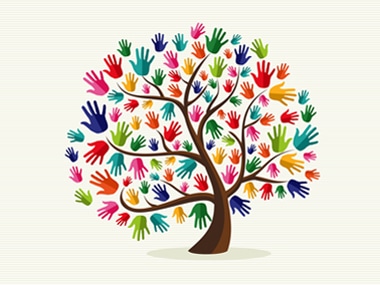June 22 is the anniversary of the Olmstead Decision, an important supreme court decision aimed at improving quality of life for individuals with disabilities.
What led to the Olmstead Decision?
Two women in Georgia, Lois Curtis and Elaine Wilson, lived with mental and physical disabilities and found themselves in a vicious cycle where they would be sent to a state institution to manage their symptoms and be released back to the community when their symptoms improved only to be sent back to the institution when their disabilities inevitably worsened again. The women contacted their state to ask for better supports in the community, unfortunately they were left waiting in an institution despite completing their treatment. In 1995 the women sued the state of Georgia under the Americans with Disabilities Act (ADA) to be released from the institution. The Supreme Court made their decision on June 22, 1999.
What does it protect?
The Olmstead Decision upholds that it’s a form of discrimination under the Americans with Disabilities Act to segregate persons with disabilities. Additionally, public entities are required to place people with disabilities in community settings when:
- Medical/treatment staff determine that community placement is appropriate.
- The client does not object to receiving services in the community.
- Community placement is a reasonable accommodation.
What if I think my rights are being infringed upon?
File an ADA complaint at https://www.ada.gov/olmstead/olmstead_complaints.htm
Visit the Ahead of the Curve Resource Directory for information on legal resources and resources for people with disabilities in your community.






